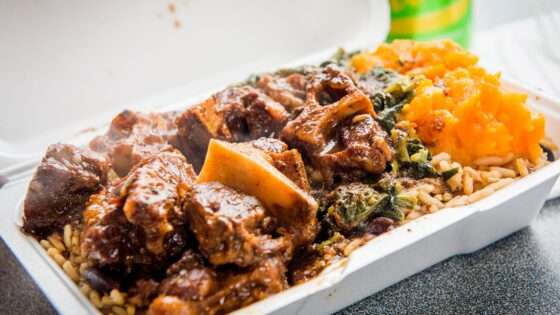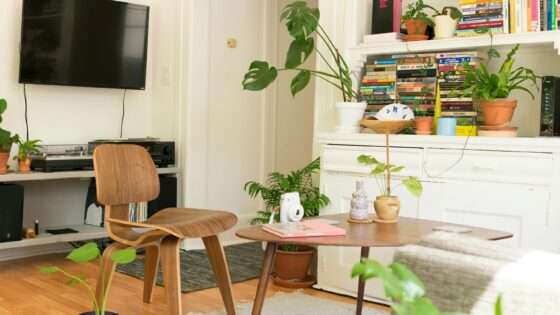on
BY LA SHAWNA GRIFFITH
This week the Government Industrial School has been at the centre of controversy after an image emerged of a fourteen-year-old ward of the state naked in solitary confinement.
This is not the first time a ward at the lone juvenile detention centre located at Barrows, St Lucy has been a victim of such an act.
In 2016, Mitchelle Marksman’s daughter who was then fifteen-years-old went to the Nation Newspaper to speak about how her daughter was being treated at the time. She told the local newspaper that she could not receive any information on why her daughter was sent to the Psychiatric Hospital.
Speaking to the Nation Newspaper five years ago, she queried why her daughter who had no mental history was being sent to the Psychiatric Hospital.
Furthermore, she questioned why her daughter had bruises on her arm. Her daughter verbally told her the staff member who inflicted the bruises on her arm.
“I went inside, and I hugged my daughter, and she gave me this painting,” Marksman said. “I look down at her hand and saw the bruise and I ask her what happened to her hand and she told me Miss —- is who bit her.”
Her daughter was subsequently released into her care in 2017.
She was not the lone person back in 2016 to question the less than favourable happenings at Government Industrial School.
In 2016, Child Advocate Shelly Ross stated that the lone reform institution for young offenders was a “hell hole.” Speaking then to Nation News she said that she had been carrying out an investigation into the girl’s section and she concluded that very little reform had occurred. “GIS is a hellhole,” she said. “I have interviewed several young girls recently who went there and who have left without one certificate after spending three to four years there. They have nothing to show and some of them are worse than when they went in.” Ross said the school had no remedial programmes. In addition, she said one of the things she had discovered was that the majority of girls were displaying behavioural problems linked to sexual abuse.
In 2017, another parent shared to the Nation Newspaper that her daughter had been attacked while a ward of the Government Industrial School. Deborah Small, of Sergeant’s Village, told the MIDWEEK NATION the school had informed her that her then sixteen-year-old daughter had been involved in an altercation at the school and had to be taken to a doctor. “I went to a meeting there in March and she had a big mark on her face. The staff told me she got in an altercation with some other girls, so I went to see the principal and he assured me it wouldn’t happen again.”
These are only some of the reports that have come from parents who have questioned what has happened behind closed doors.
Cultural Ambassador to Barbados Anthony (The Mighty Gabby) Carter told Toronto Caribbean News that for too long Barbados had been criminalizing children. He recounted his experience almost two decades ago when he conducted classes at the Girls Industrial School back when it was located in St. Phillip.
“I noticed something years ago when I went up there. All nineteen of the girls had fungus on their feet and I thought it was really strange. I asked one of the girls why they had fungus on their feet and total silence emerged immediately. Finally, one girl said, ‘Sir when we come up here, they put us in a room with a bed that has no bed sheet or pillowcase. After being there for awhile your skin starts to itch and it is really bad and eventually we does end up with the fungus on us feet,”
Carter said that he has not spoken up about what he saw over two decades ago, and it has haunted him. He recounted what a young lady told him when he attempted to chide the young ladies for the mistakes they made. He said seventeen of the nineteen young ladies told him that they did nothing wrong.
“She said she was naked, and her mother beat her until she went outside. The last thing she remembered is looking up and seeing she is in the ambulance. Her mother had beaten her unconscious. Her mother said she had to leave. She said she was not comfortable with her aunt and she decided to run away.”
Carter said that for many years the Government Industrial School had been imprisoning children that were victims.
Despite these claims of former parents and facilitators about the state of the Government Industrial School, in an article published by the Nation Newspaper on March 21st, 2021, following a press conference the acting Principal Ronald Brathwaite stated the Government Industrial School is a safe place.
“The Government Industrial School is a safe place for all children that come to it,” Brathwaite said. “There are numerous boys and girls who have come through the school and their circumstances have been enhanced from being at the school.”
If the school is safe, then why was a girl stripped naked and placed in solitary confinement?”
Why is it that for the past five years there have been stories from parents who note their children had bruises that they did not enter the institution with?
There is something amiss at Government Industrial School and the Government of Barbados needs to do a thorough investigation to determine the root cause.
Stay in the loop with exclusive news, stories, and insights—delivered straight to your inbox. No fluff, just real content that matters. Sign up today!












